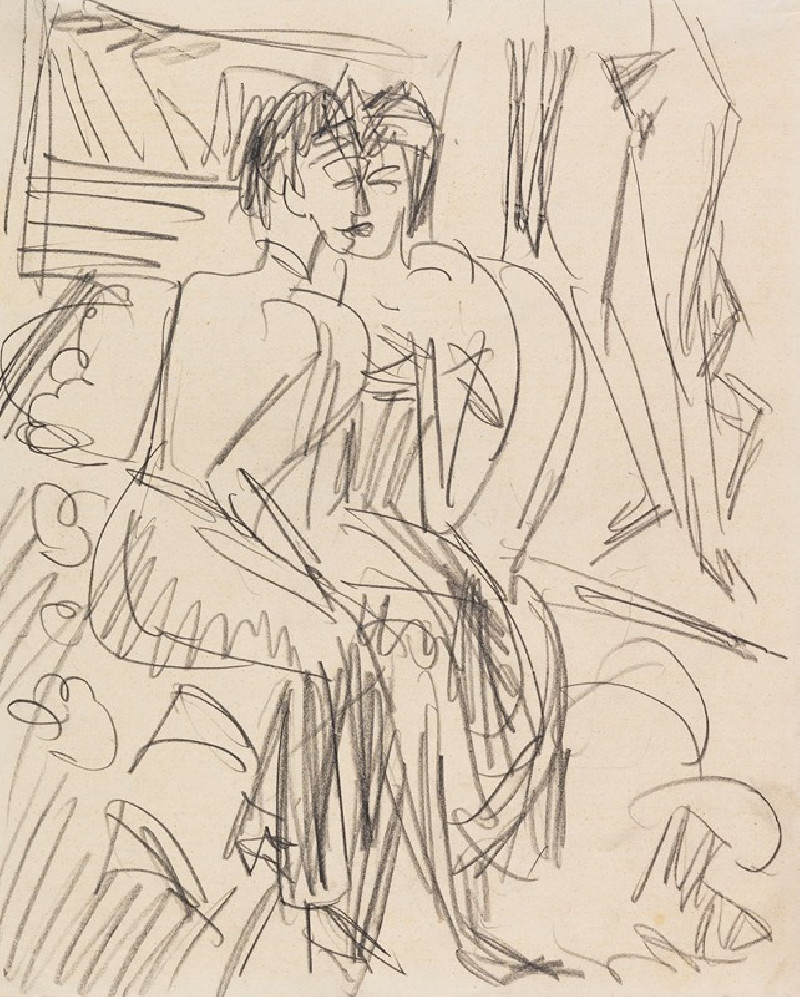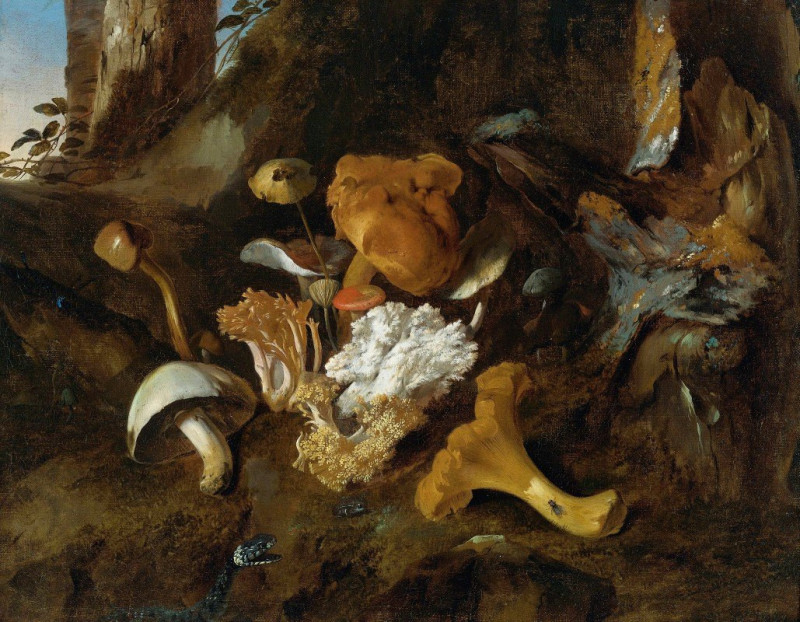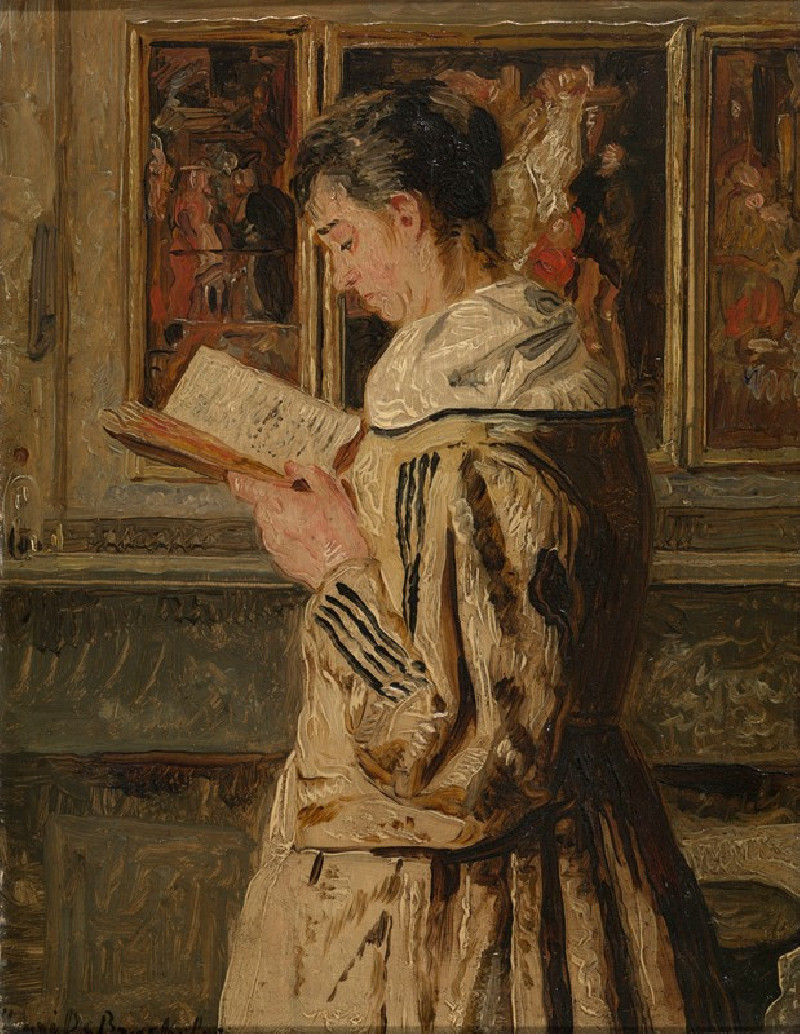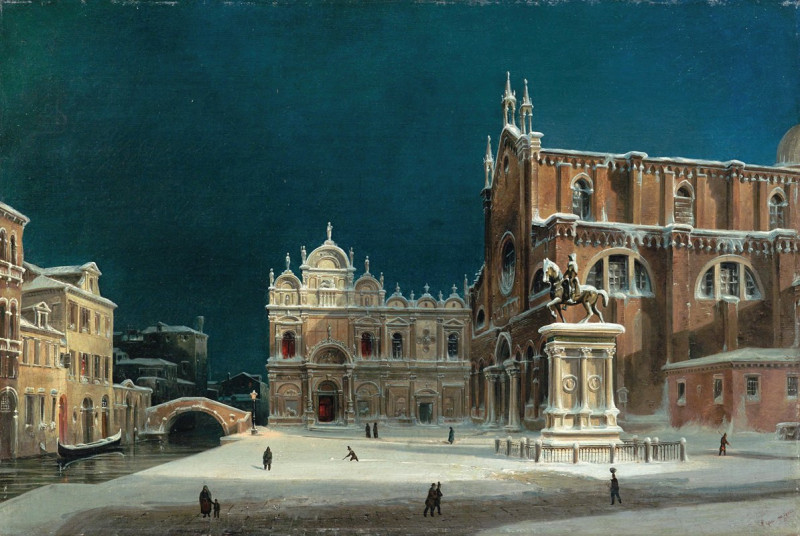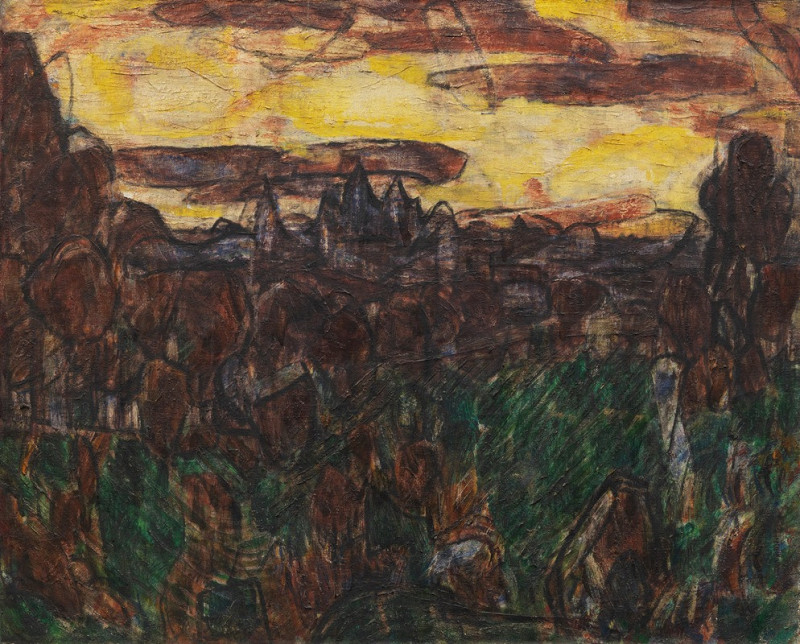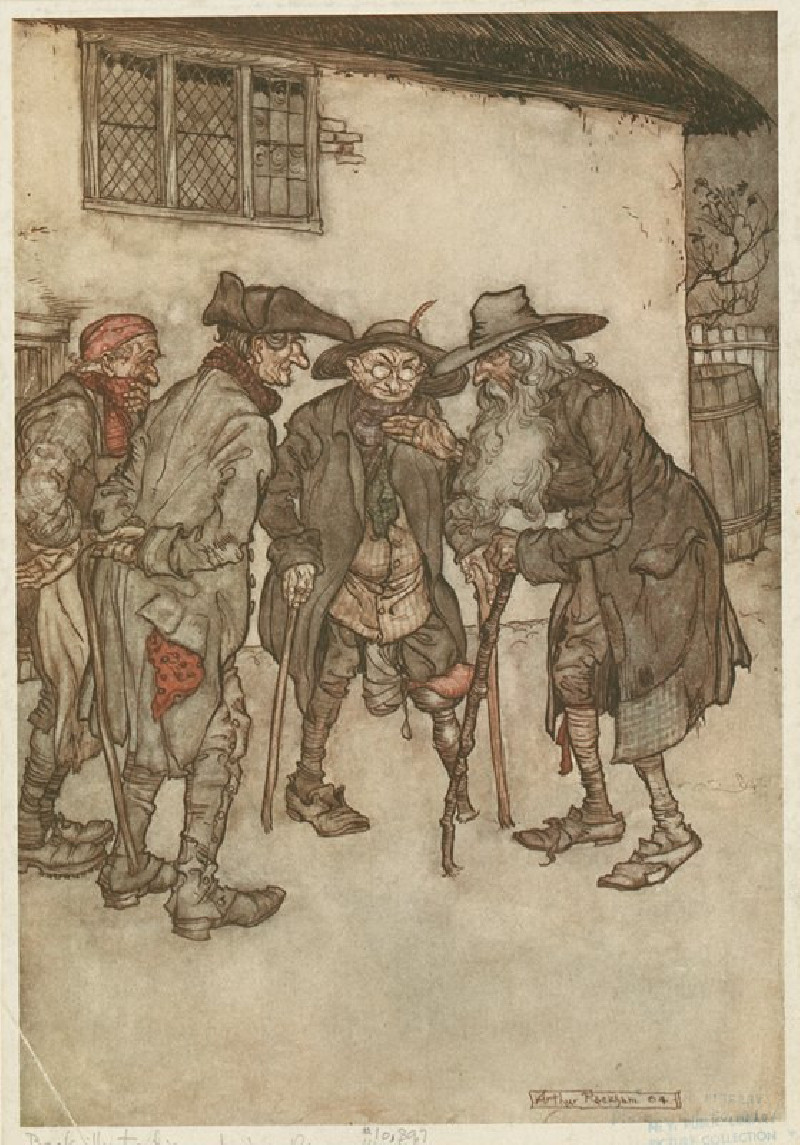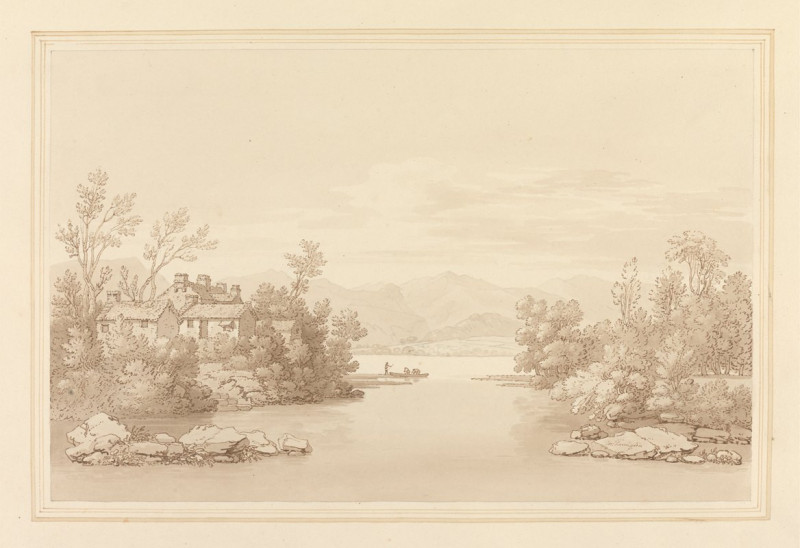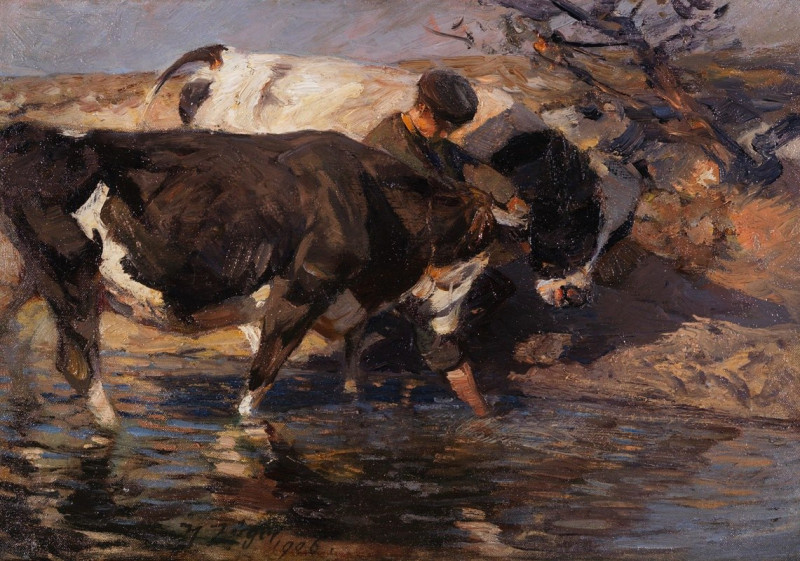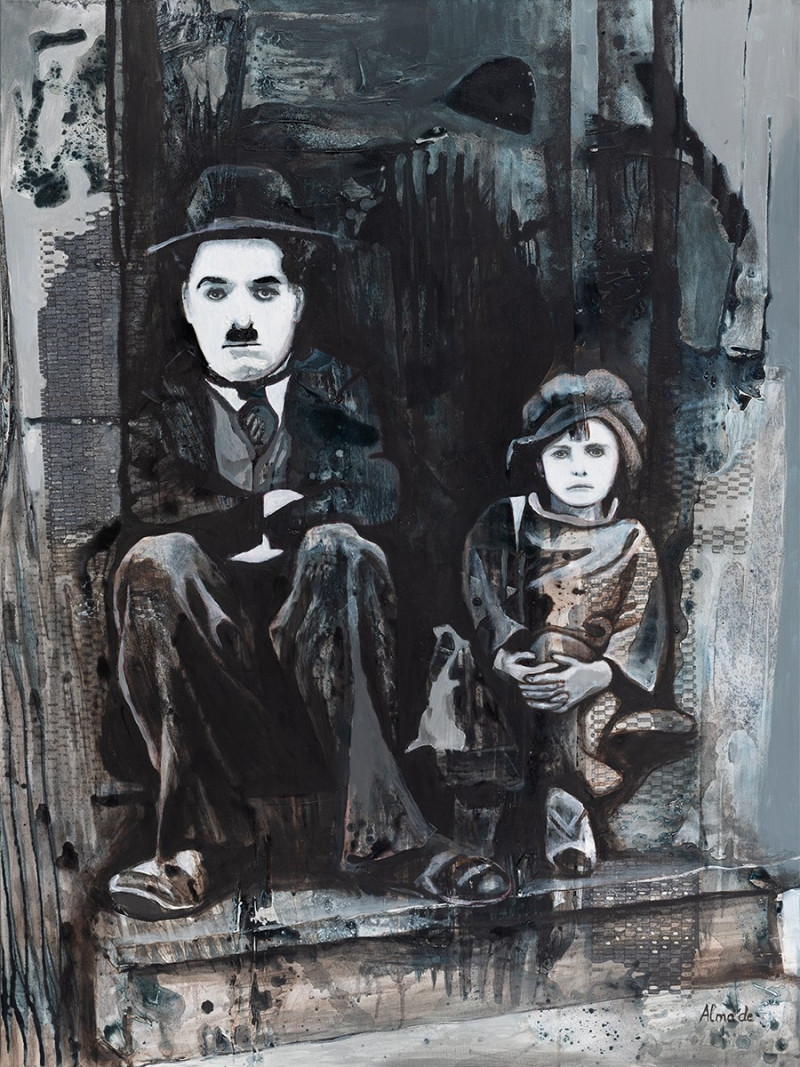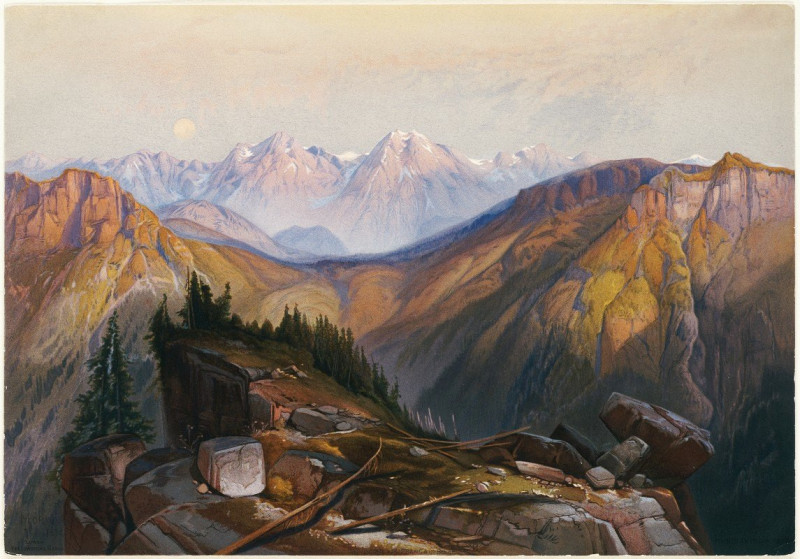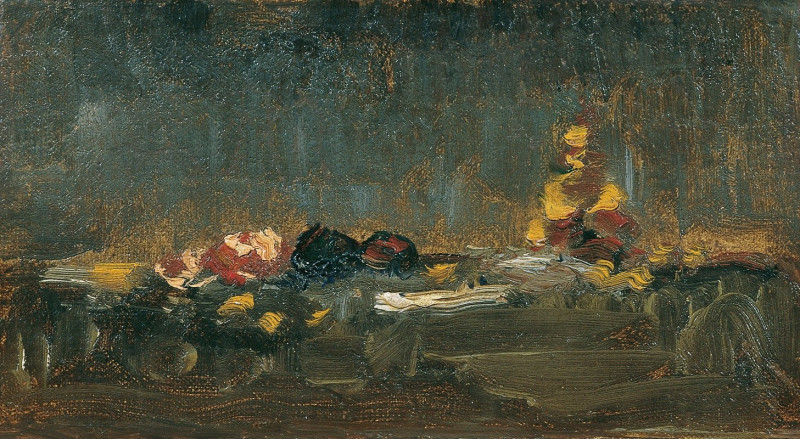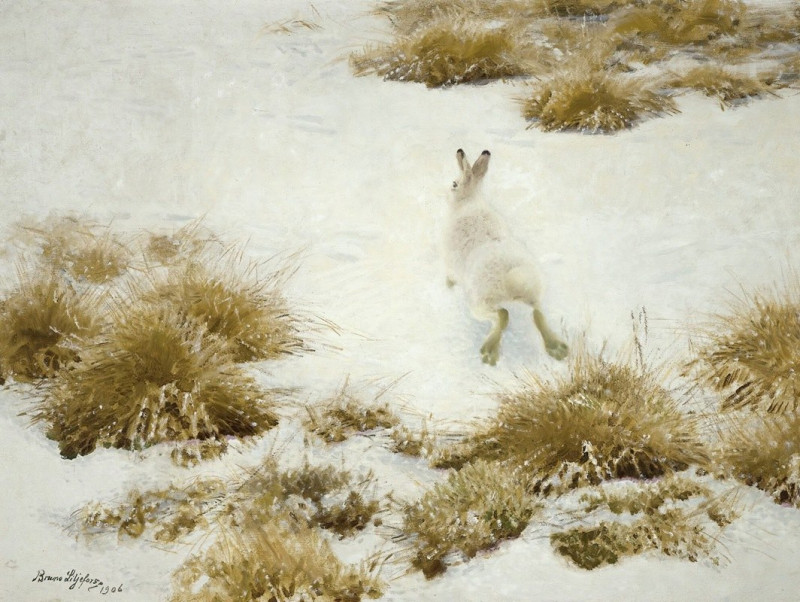Erna und Gerda im Atelier (1912)
Technique: Giclée quality print
Recommended by our customers
More about this artwork
"Erna und Gerda im Atelier," a compelling piece created in 1912 by the renowned German Expressionist Ernst Ludwig Kirchner, captures the vibrancy and dynamic nature of artistic life in the early 20th century. This sketch, primarily executed in pencil, showcases Kirchner's characteristic loose and rapid strokes, which add a feeling of immediacy and movement to the depiction.The artwork features two figures, presumably Erna and Gerda, intertwined in a casual yet intimate setting that is likely the artist's studio. The figures are rendered with a series of brisk, expressive lines that suggest form and posture rather than detailing precise anatomical features. This technique emphasizes the emotional over the physical, a hallmark of Kirchner's expressionist approach.Behind the figures, the studio environment is suggested through abstract shapes and diagonal lines, which may represent the tools, easels, or other elements typical of an artist's workspace. These components contribute to a sense of depth and context, enveloping the subjects in their creative sanctuary."Erna und Gerda im Atelier" not only reflects Kirchner's innovative style but also serves as a snapshot of a moment within the bohemian circles of Dresden or Berlin, where artists often gathered, lived, and worked collectively.
Delivery
Returns
Ernst Ludwig Kirchner (1880–1938) was one of the most important German Expressionist painters. He was a co-founder of Die Brücke, a group of German expressionist artists formed in Dresden in 1905. Die Brücke and Kirchner took inspiration from Vincent Van Gogh and Edvard Munch, as well as African and Oceanic art. They used woodblock printing as a medium to showcase their signature style: flat, unrealistic images with vivid colors. The recurring themes in Kirchner's artworks included exotic cultures, faraway landscapes, self-portraits, dancers and Berlin street life. His paintings and prints effectively portrayed non-European cultures despite the fact that he never traveled outside of Europe.

